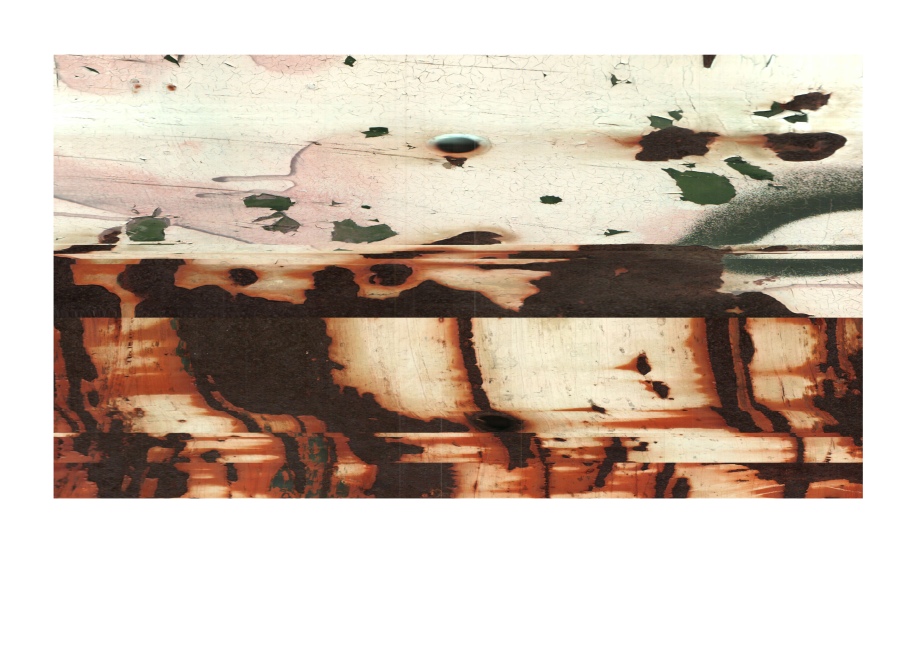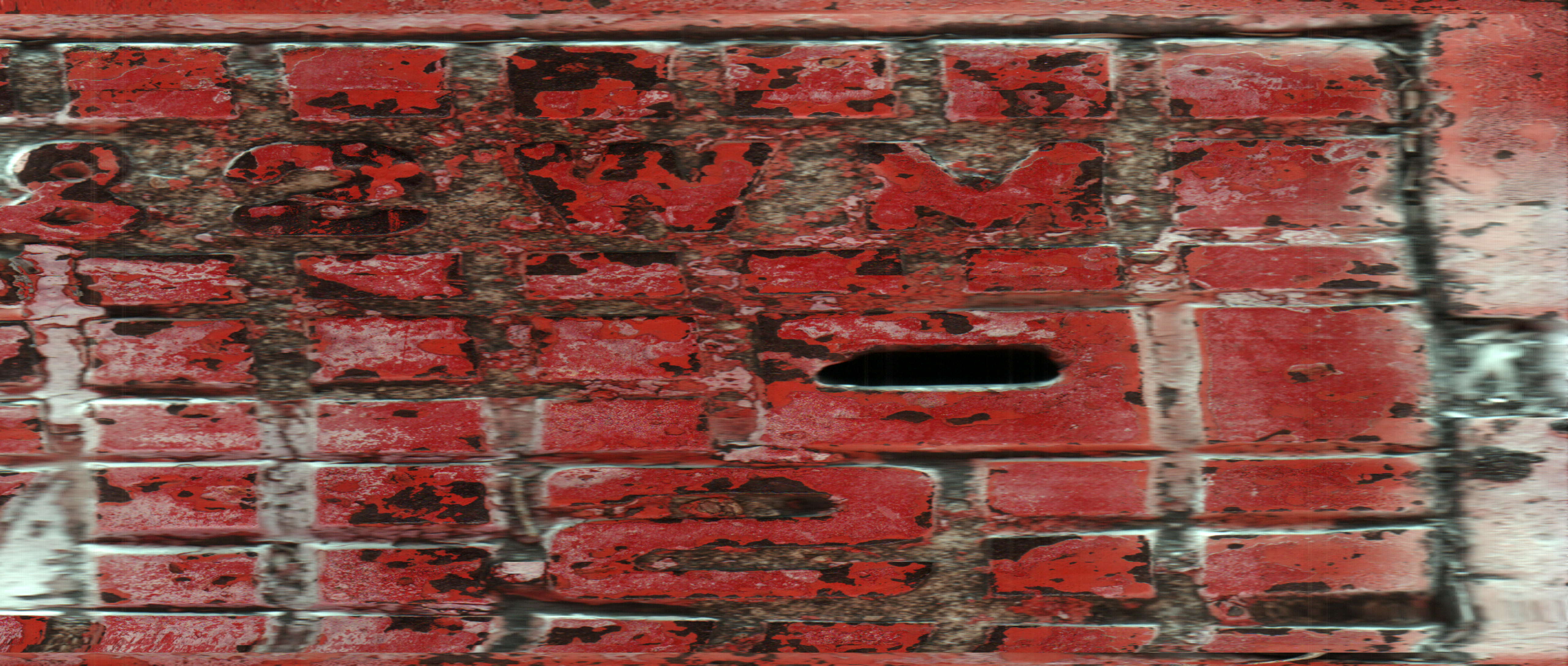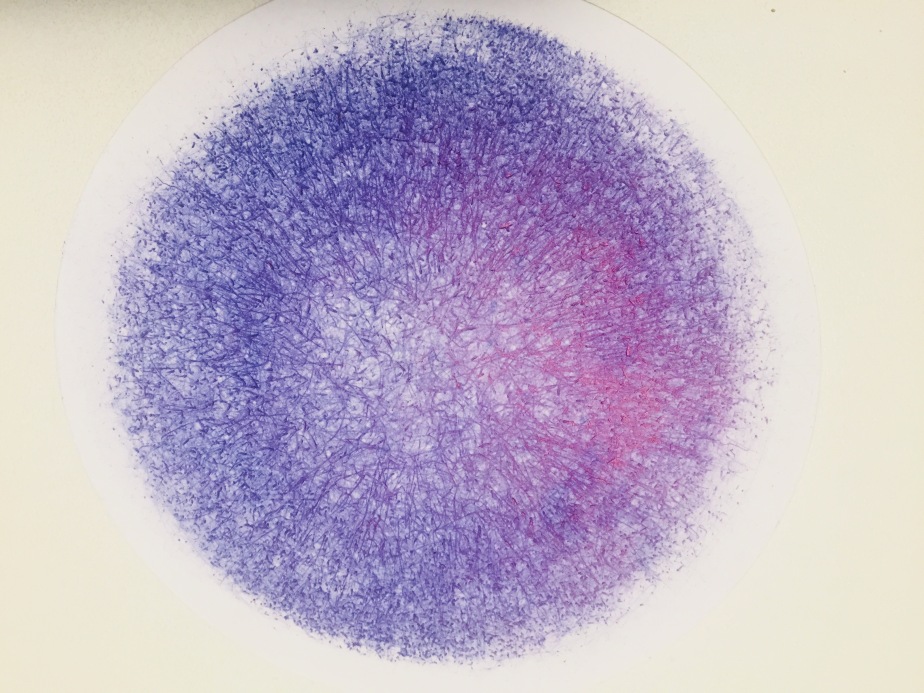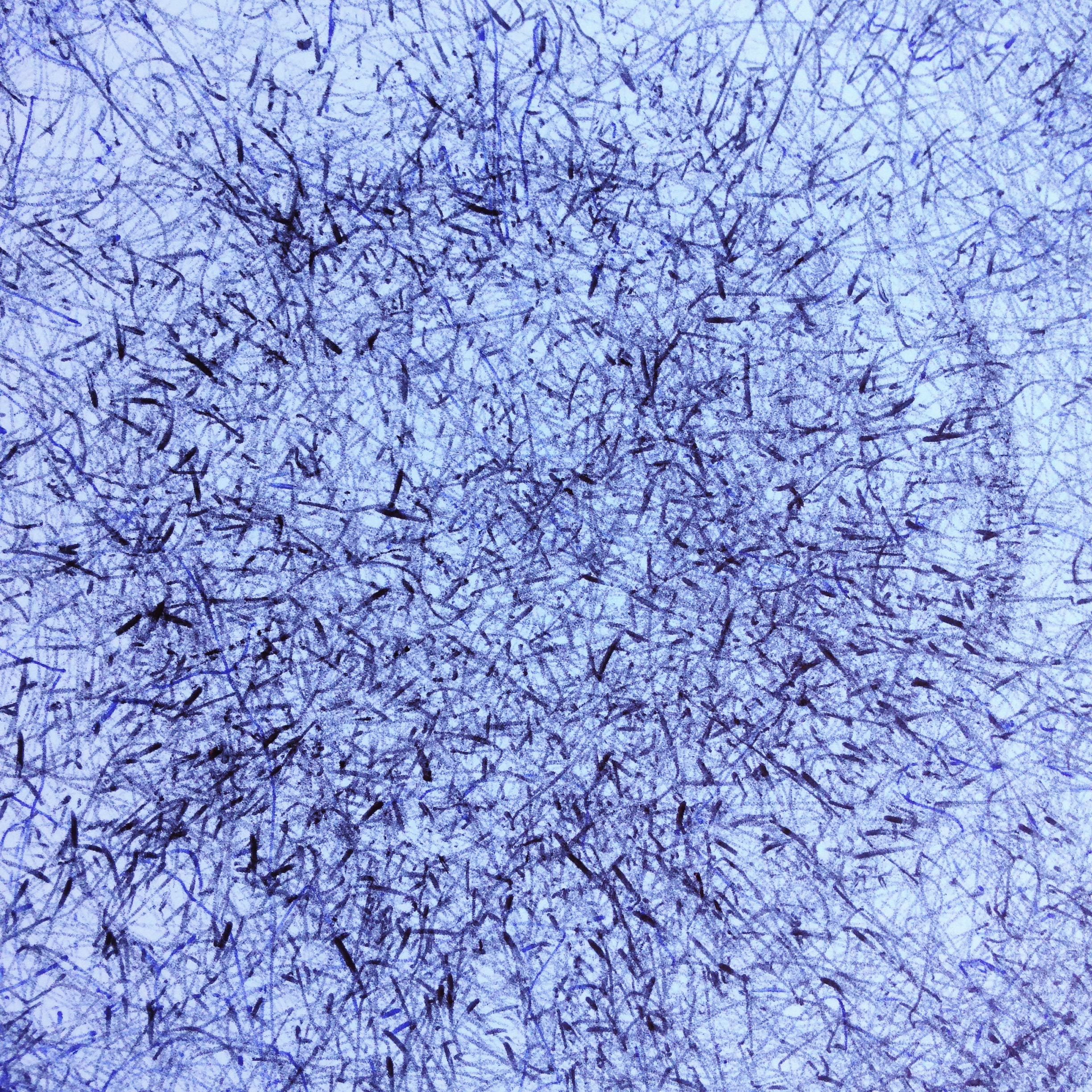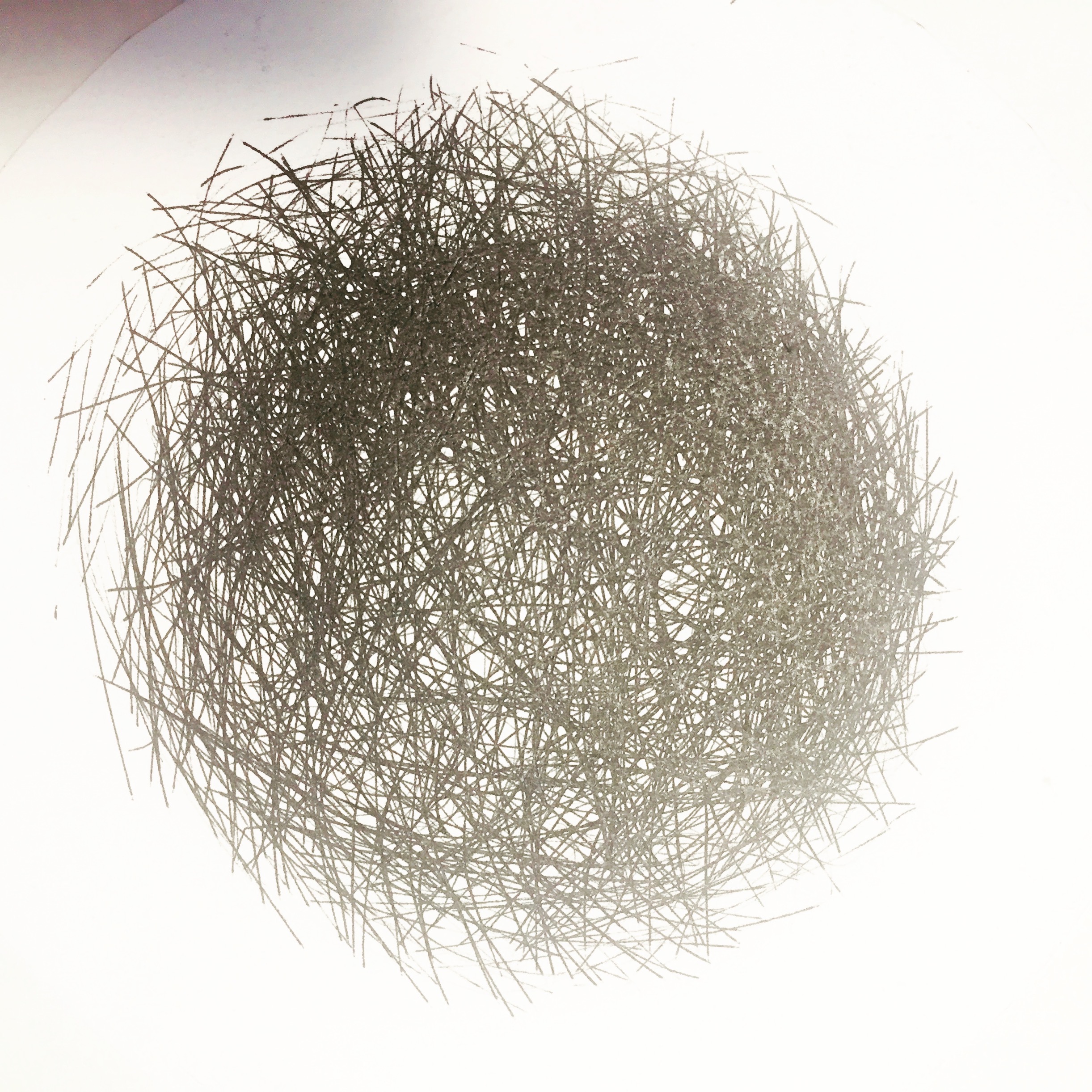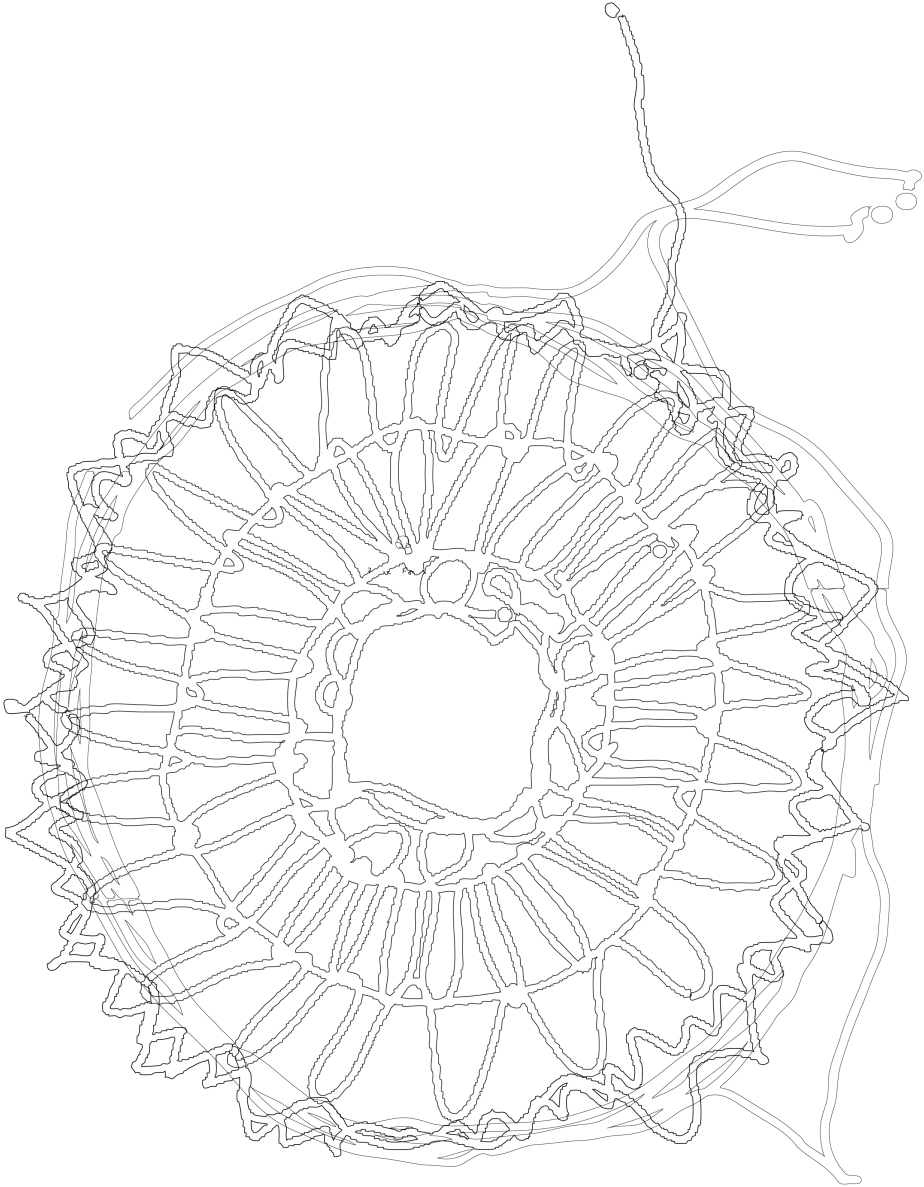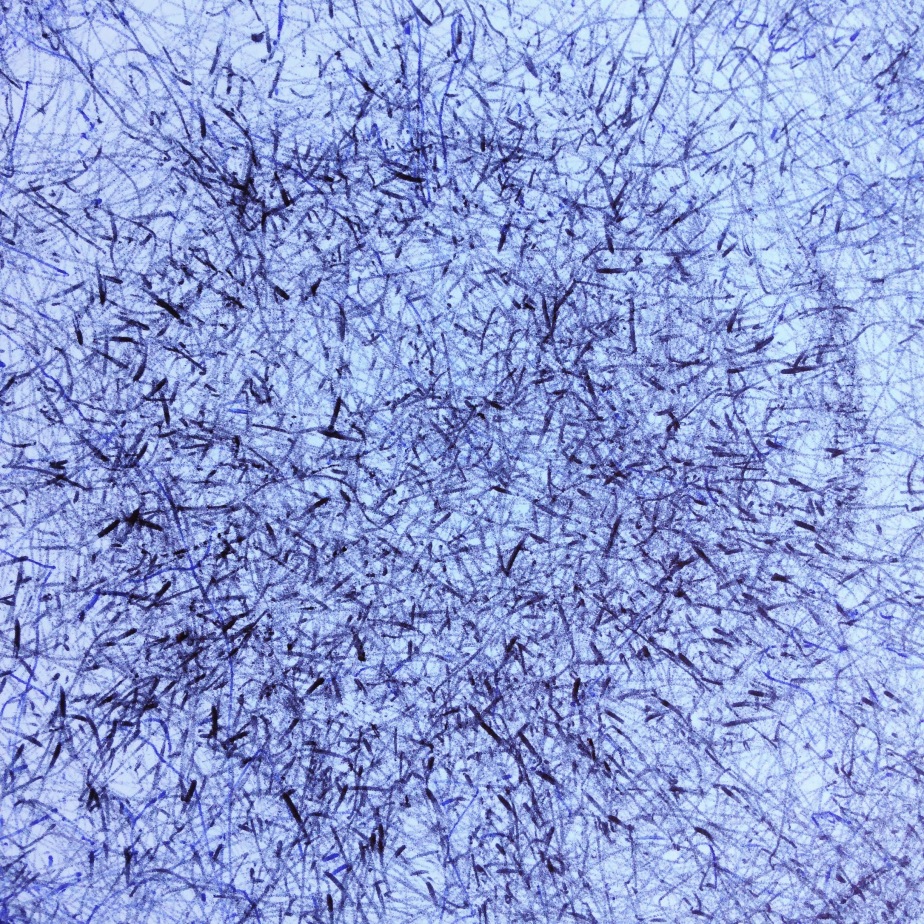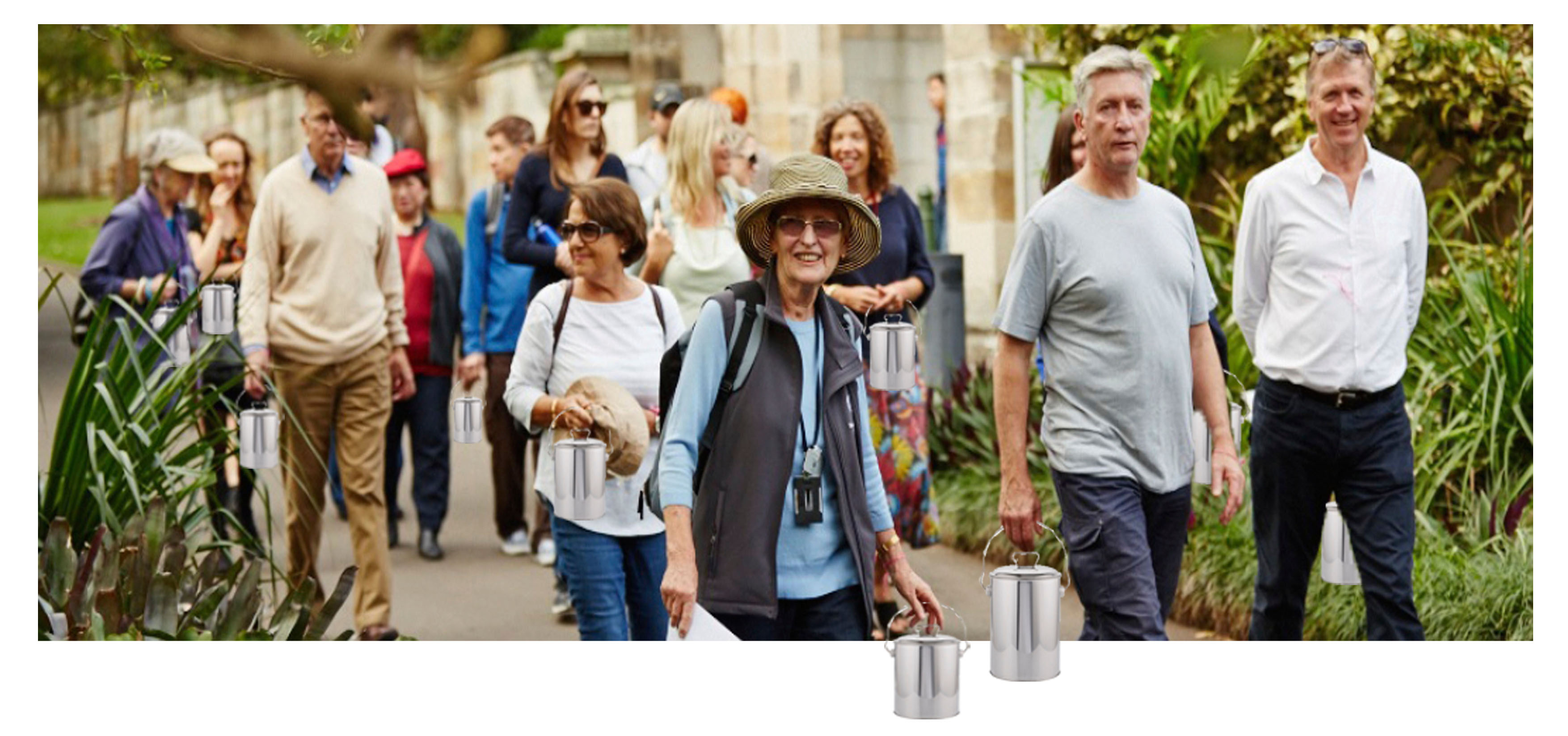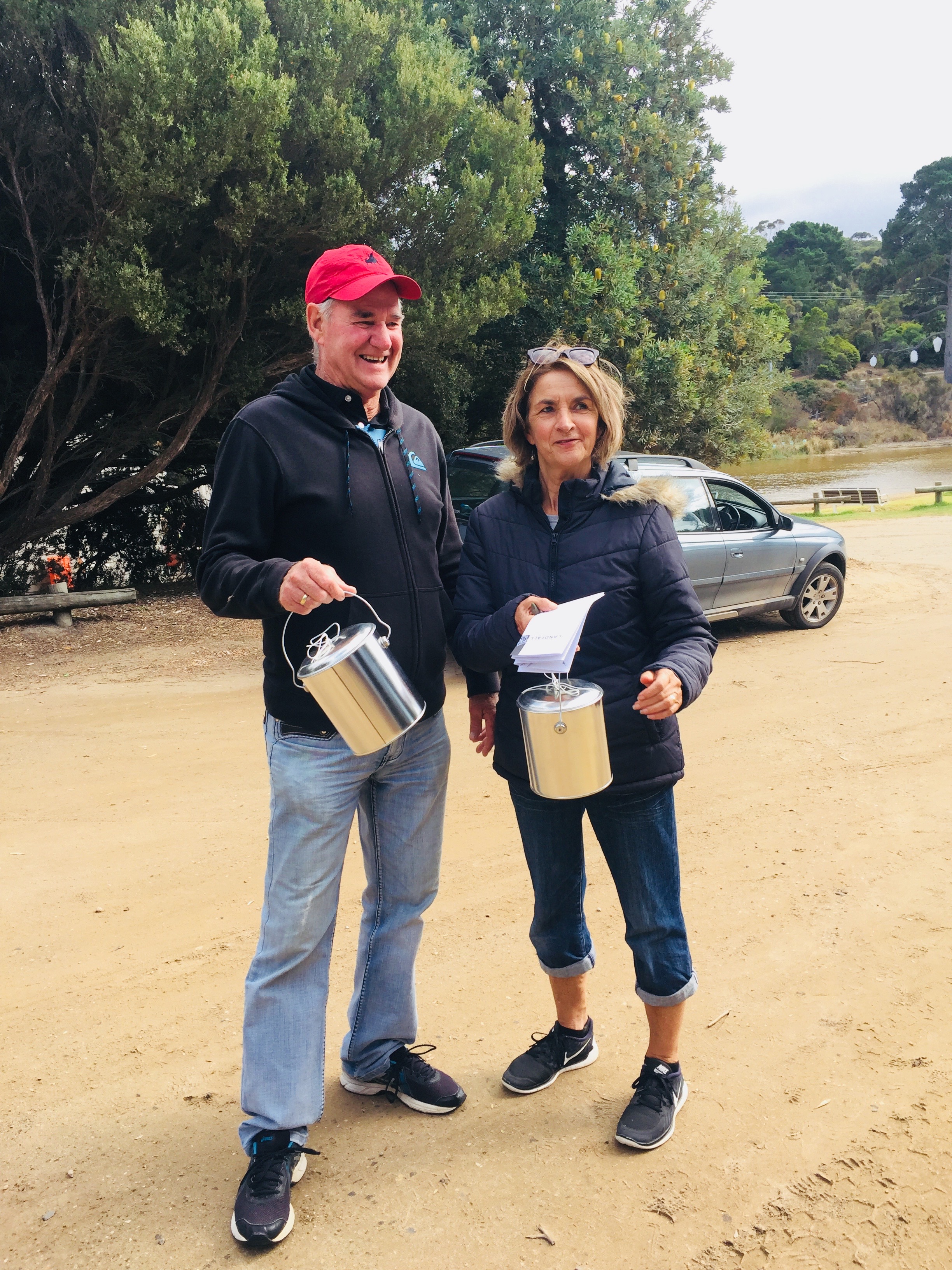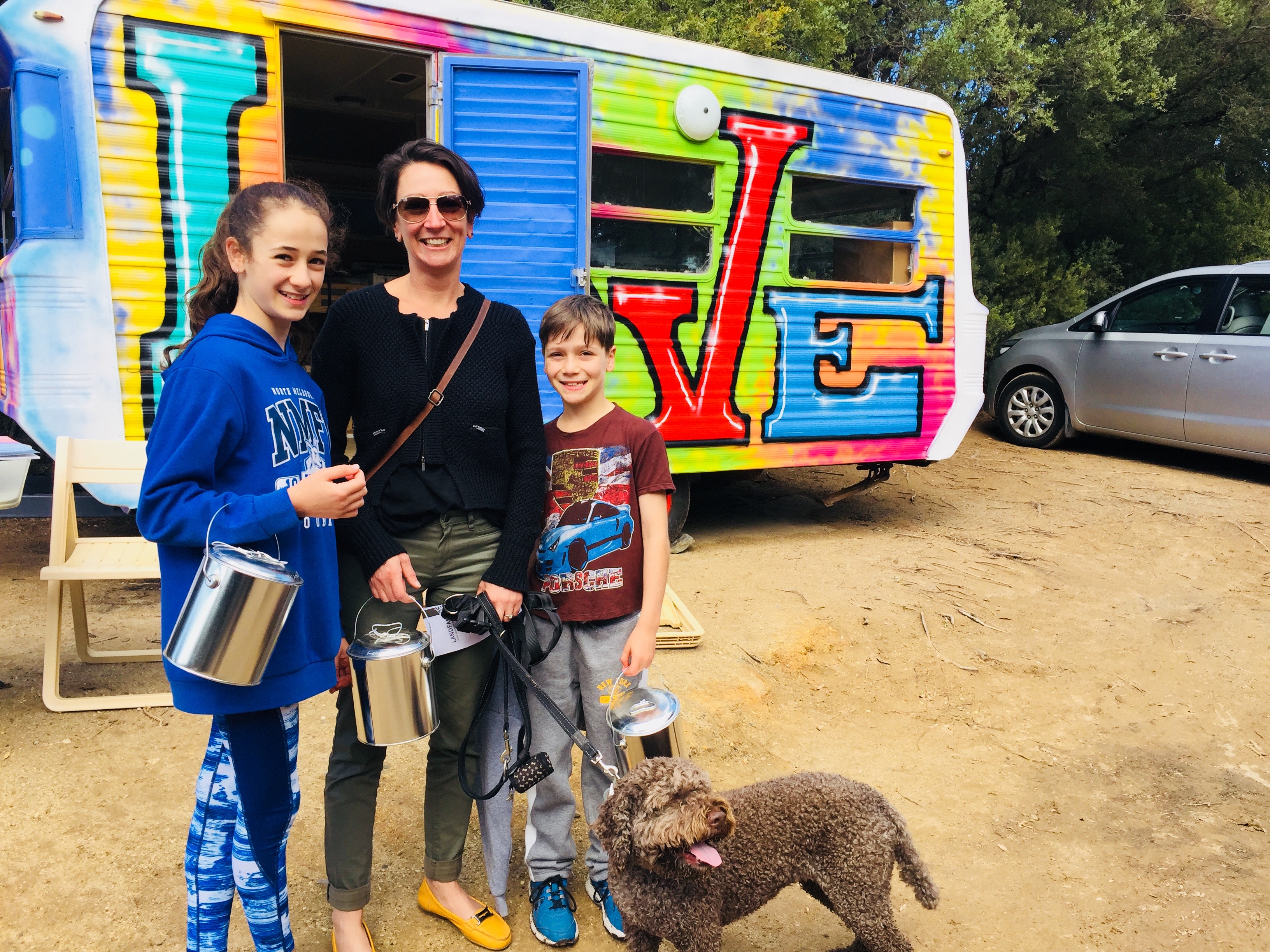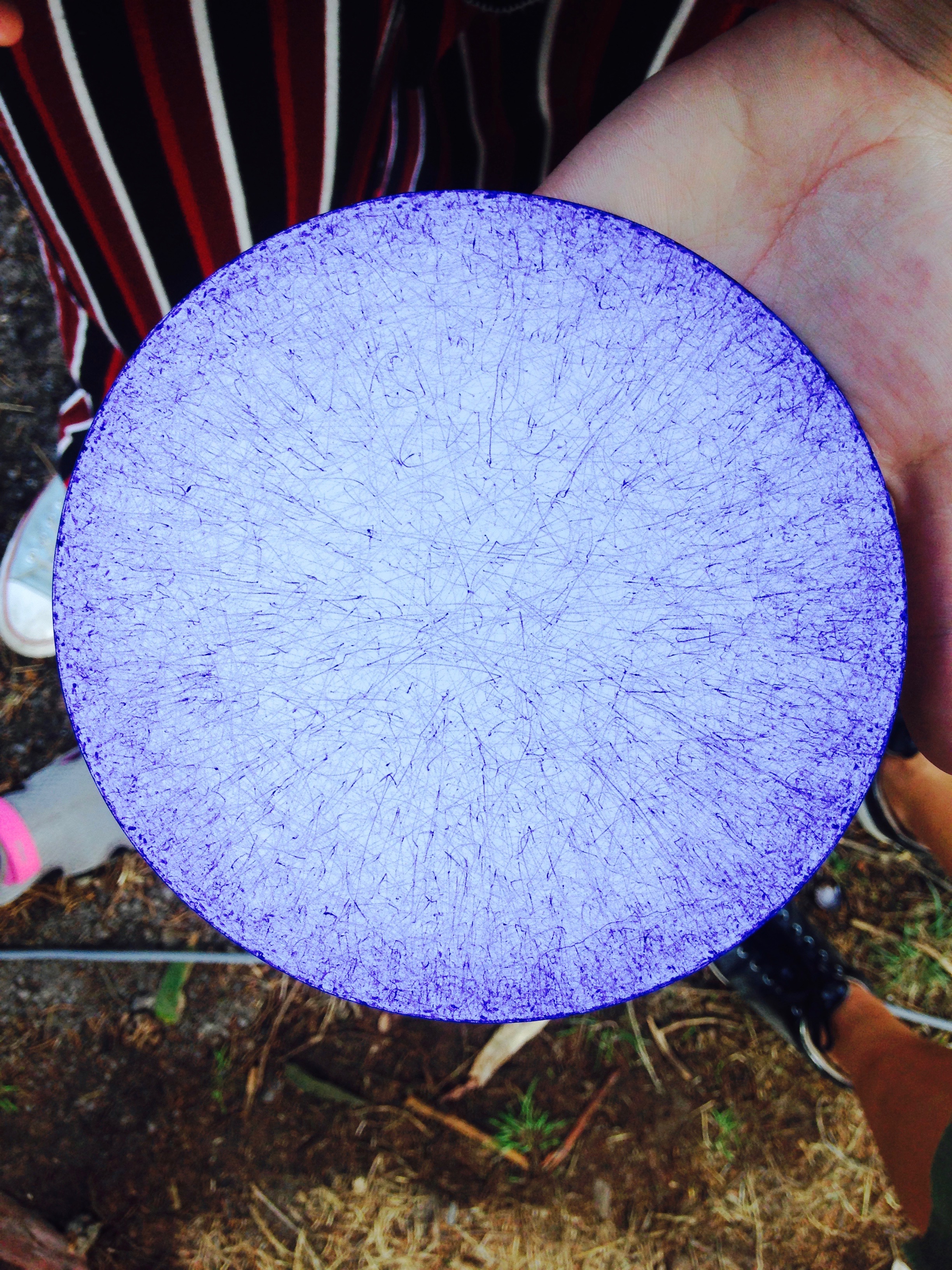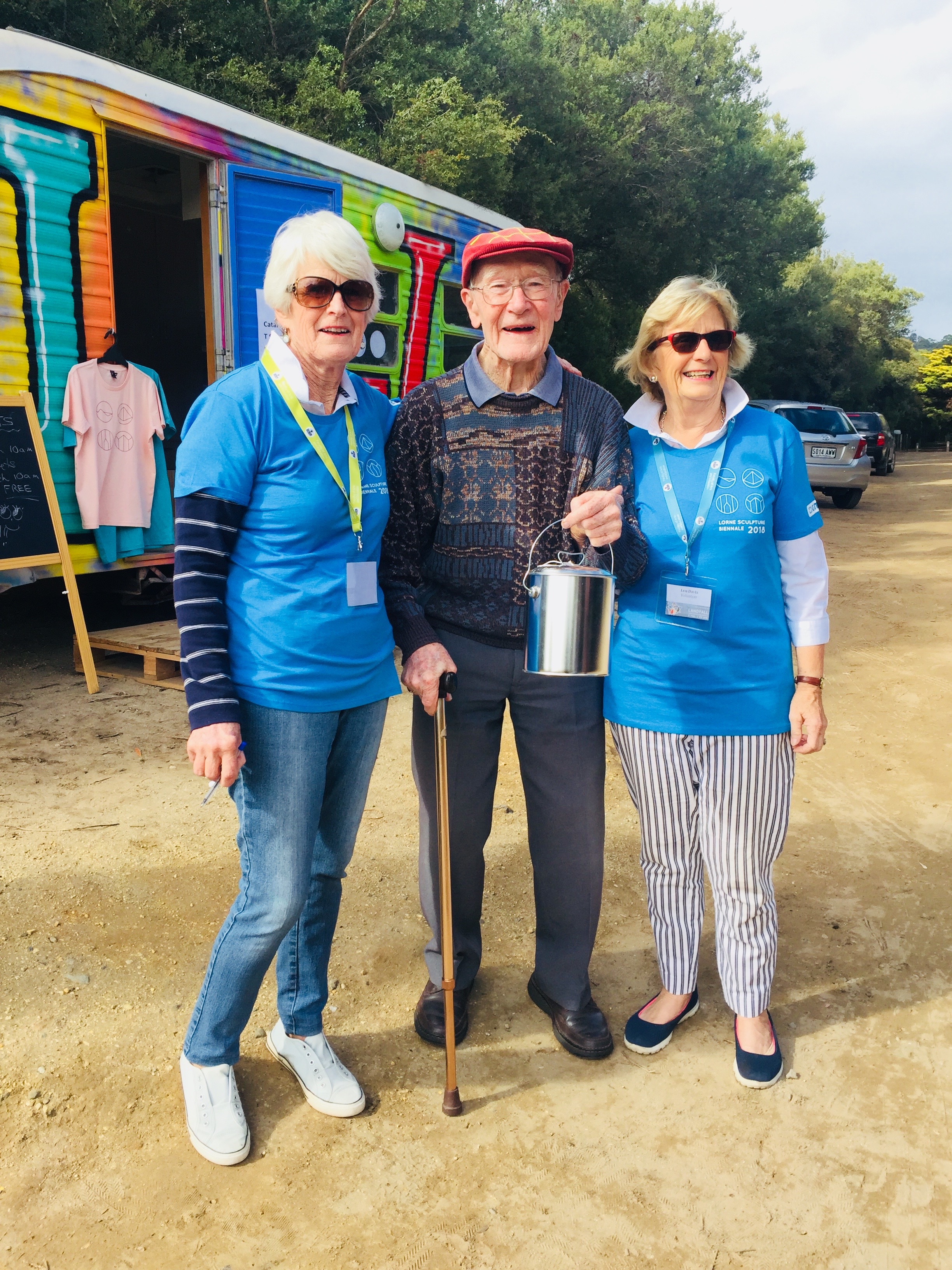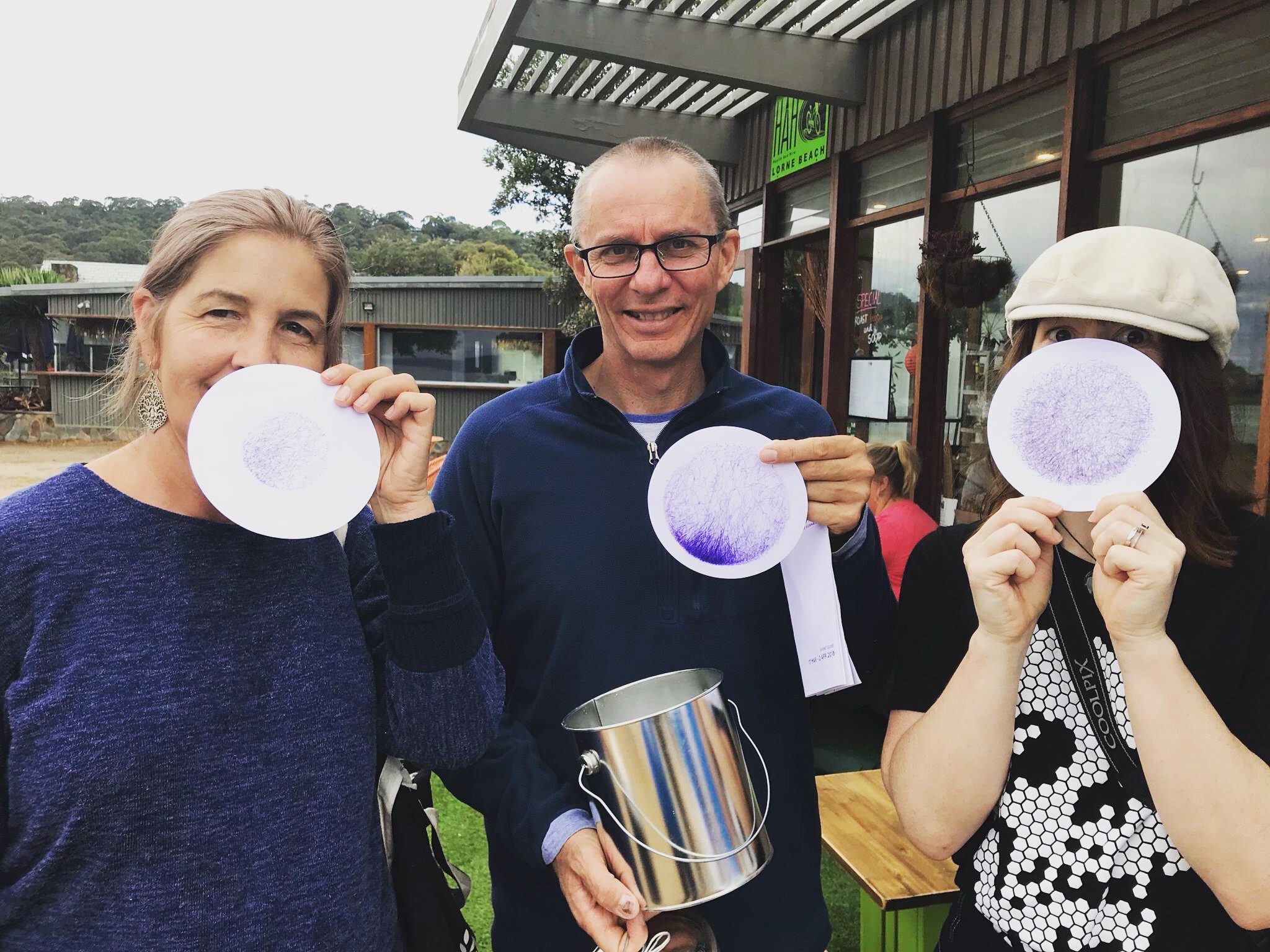Dalby Billycan Project is an ALL age and ability activity, it works when you’re moving, skipping, slow walking, line dancing, shuffling, from a wheel chair and even moments of stillness creates a ‘SELFIE’ drawing. Each individual carries while walking/moving, a ‘Billycan’! Yes the iconic Australian boil a BILLYCAN – can, is especially kitted out to become a drawing machine. HOW? Inside there is a weighted pen suspended over paper that records the simplest of movements, even moments of stillness, capturing your swagger, your own personal drawing of how you move within the world creating a drawing as unique as your finger print.
Artistically speaking this process is a cataloguing of impressions as cartographical, narratives of direct marks resulting from sequenced events that is your experience of walking in the landscape.
Thanks to this method of creating, the drawing is an artwork which emulsifies location and experience together into an inextricable whole. It also records a period of time, personal exertion that produces a narrative conveying physically the drawings relationship with them, who they are and how they move.
These seemingly symmetrical but uneven drawings cannot be separated from the walk, the travel, the effort of self. Encouraging the community to engage in their own landscape to create drawings of their everyday in Dalby.
Now, scientifically, walking/moving increases the size of the brain regions linked to planning and memory and enhances creativity. From walking Walkers come away from the experience with an altered perception of place, having created a subjective map, people see things anew notice and reflect on their own algorithms which translates into art and strengthens their relationship with where they are in the world. A wondrous mind and body connection.
Dalby Billycan Project challenged the face of standard exercise and makes it a gentle creative pursuit – with wellness on the side. ‘My challenge everyday now is not the calories I lose or how far I walk but the drawing I create today, and how to better it tomorrow.’ Annette Wegg
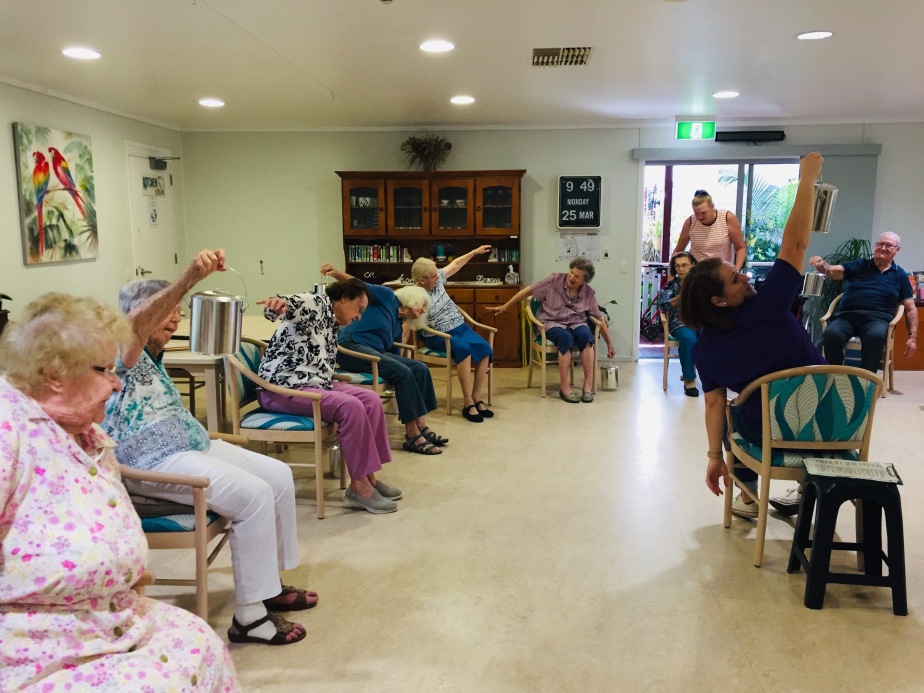

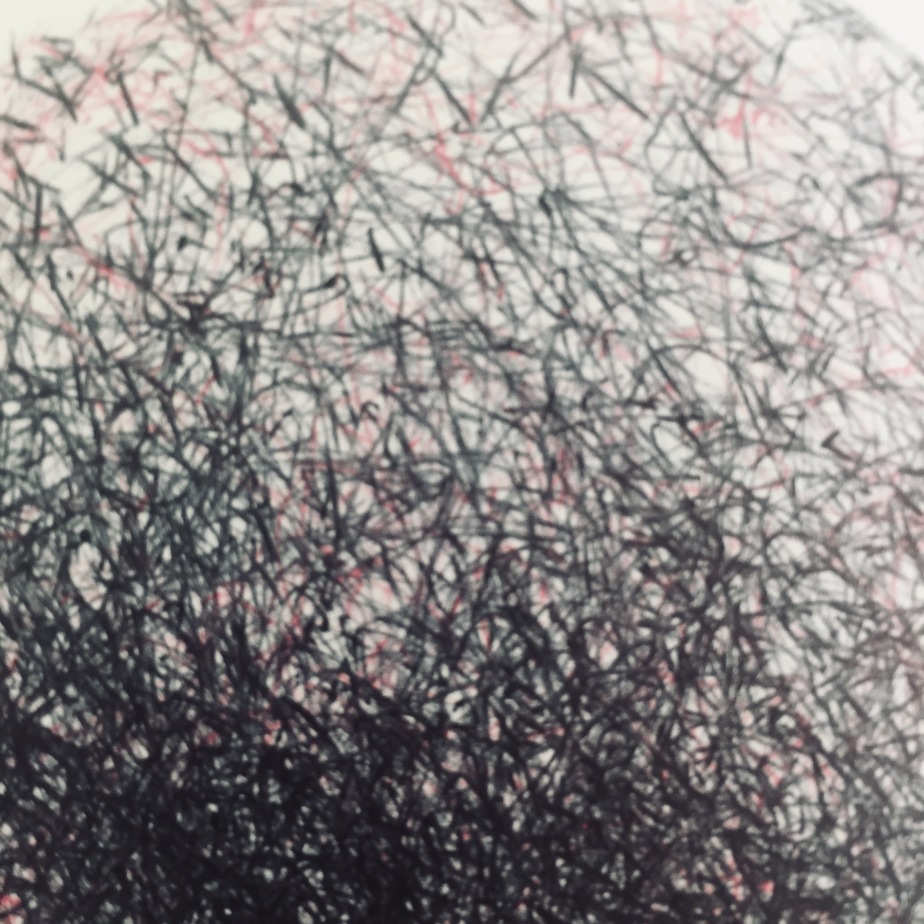
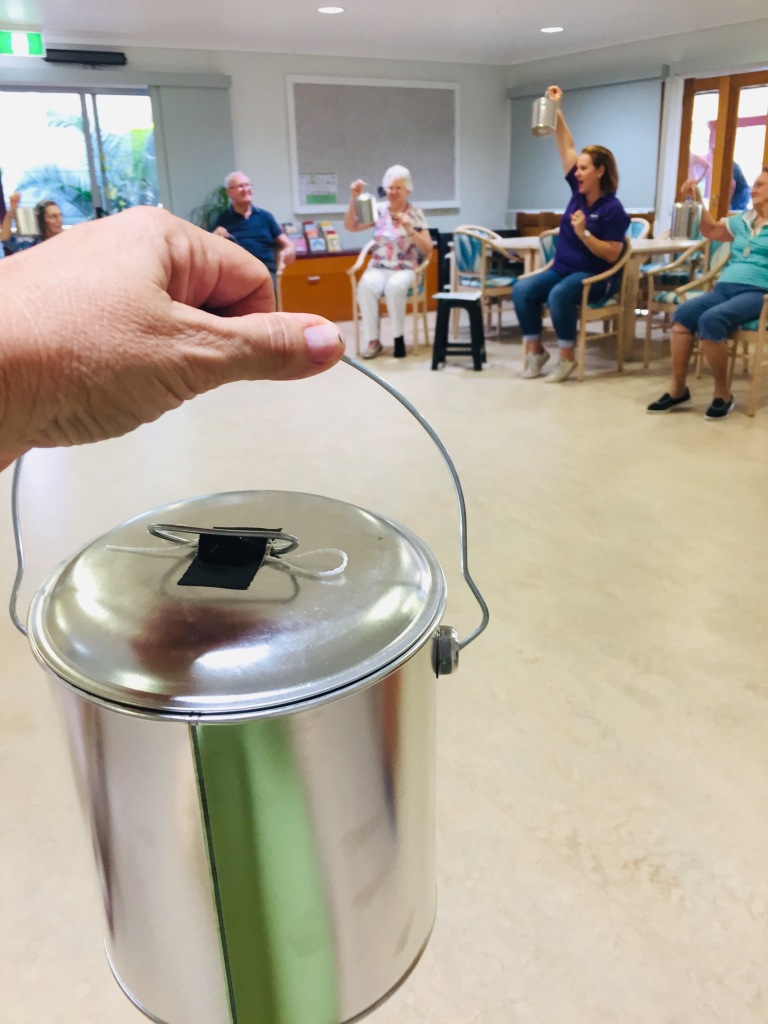
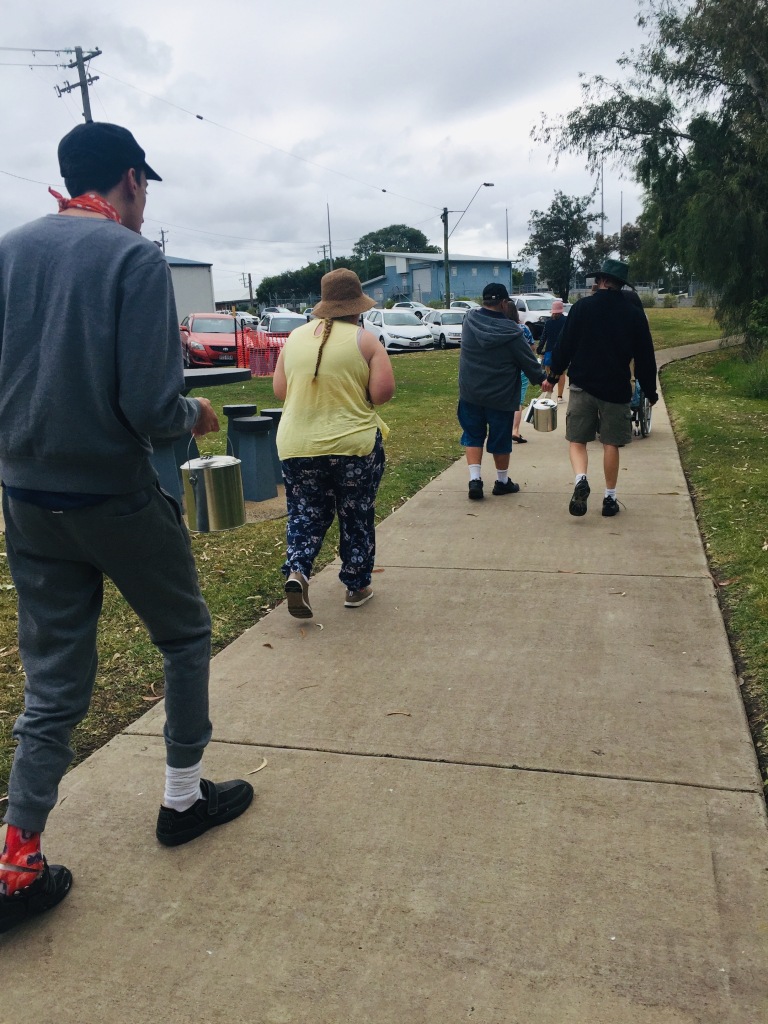
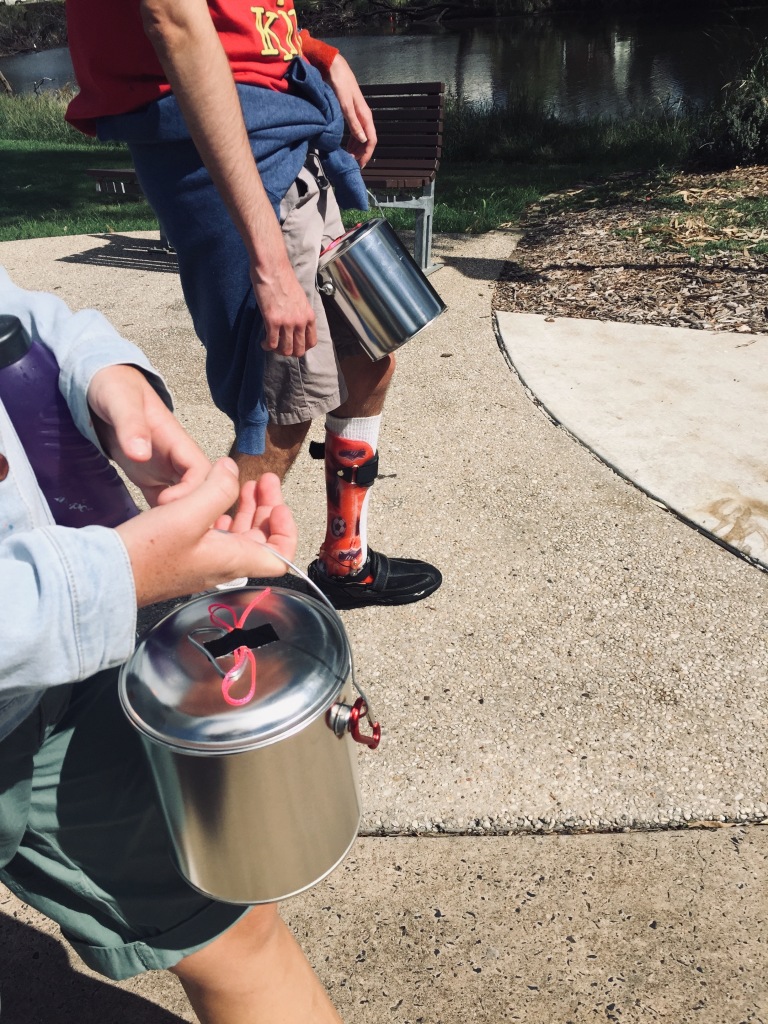
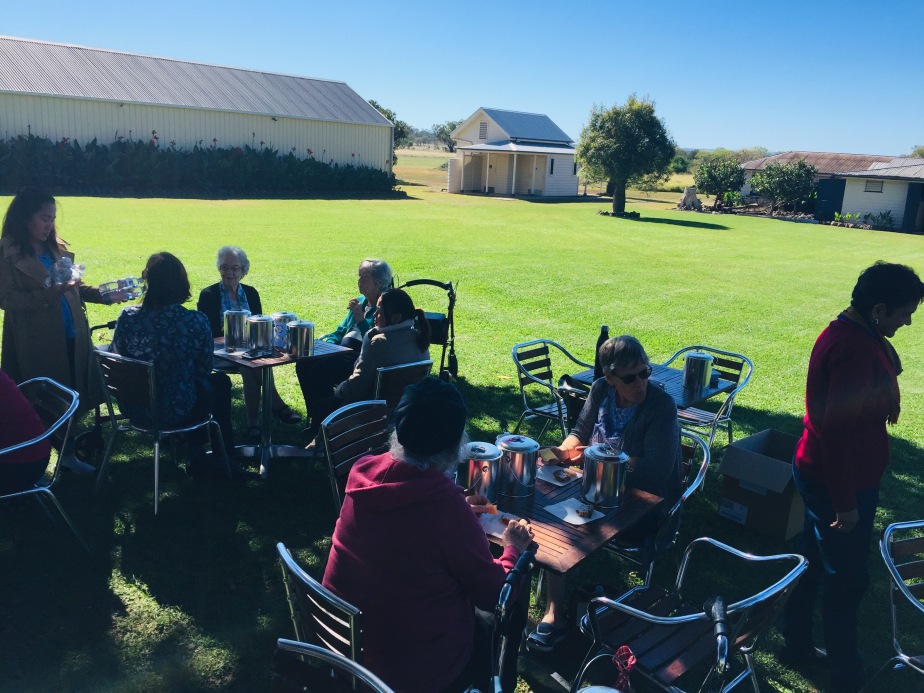
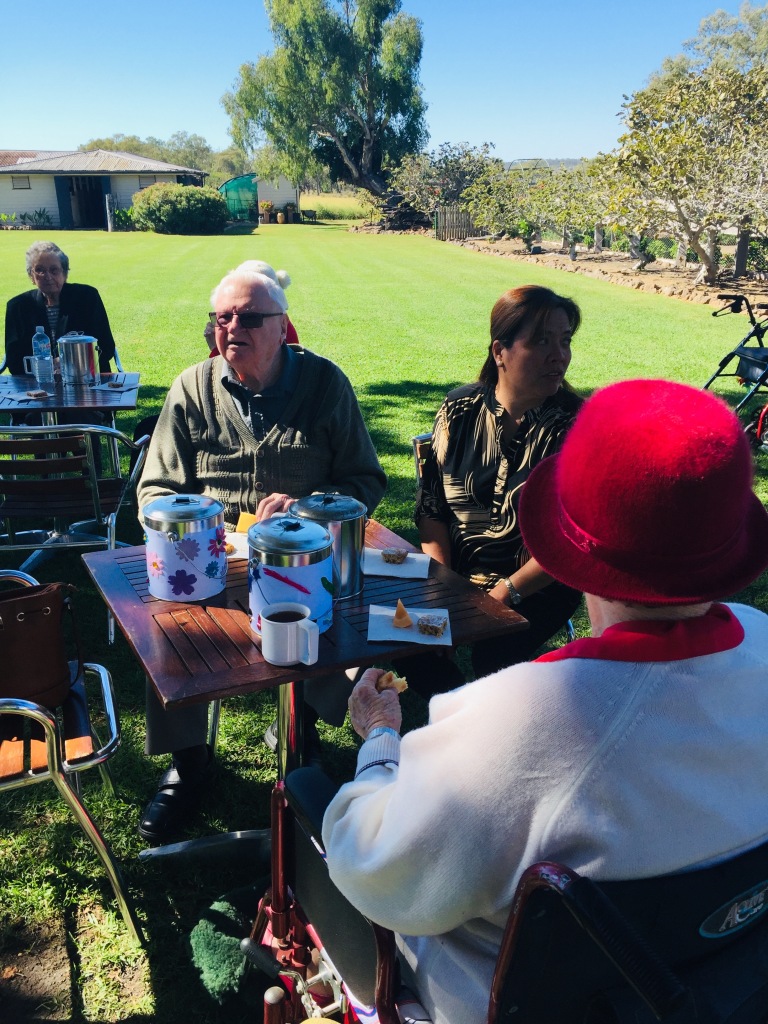
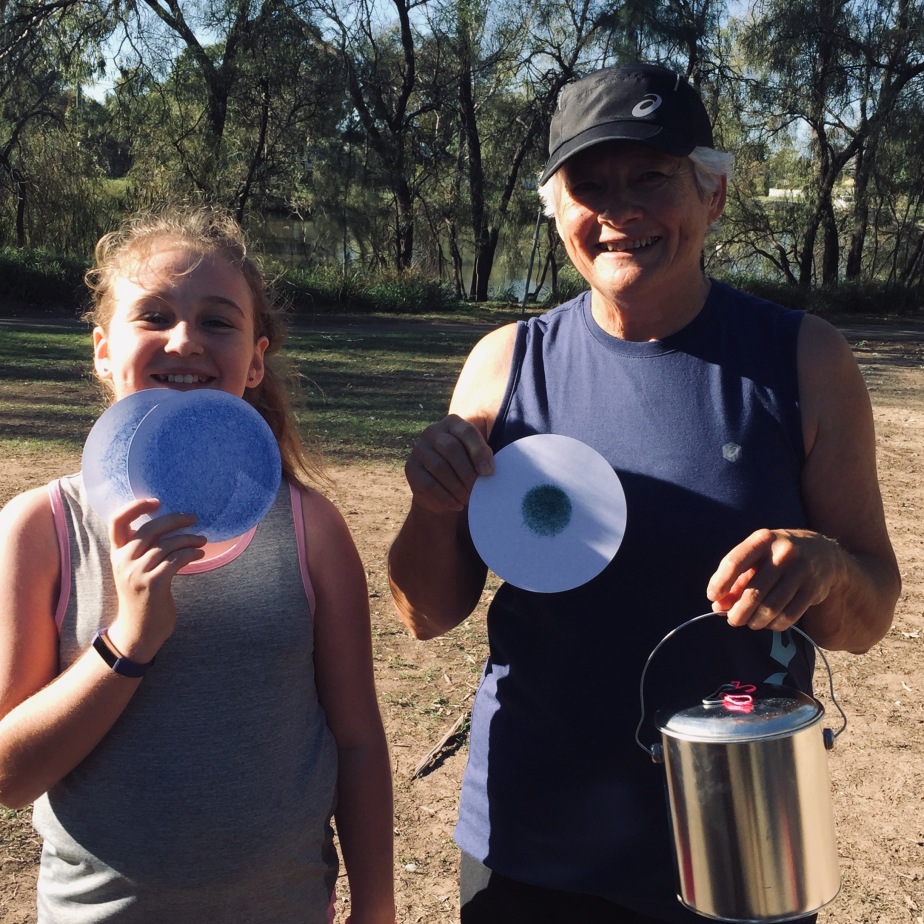
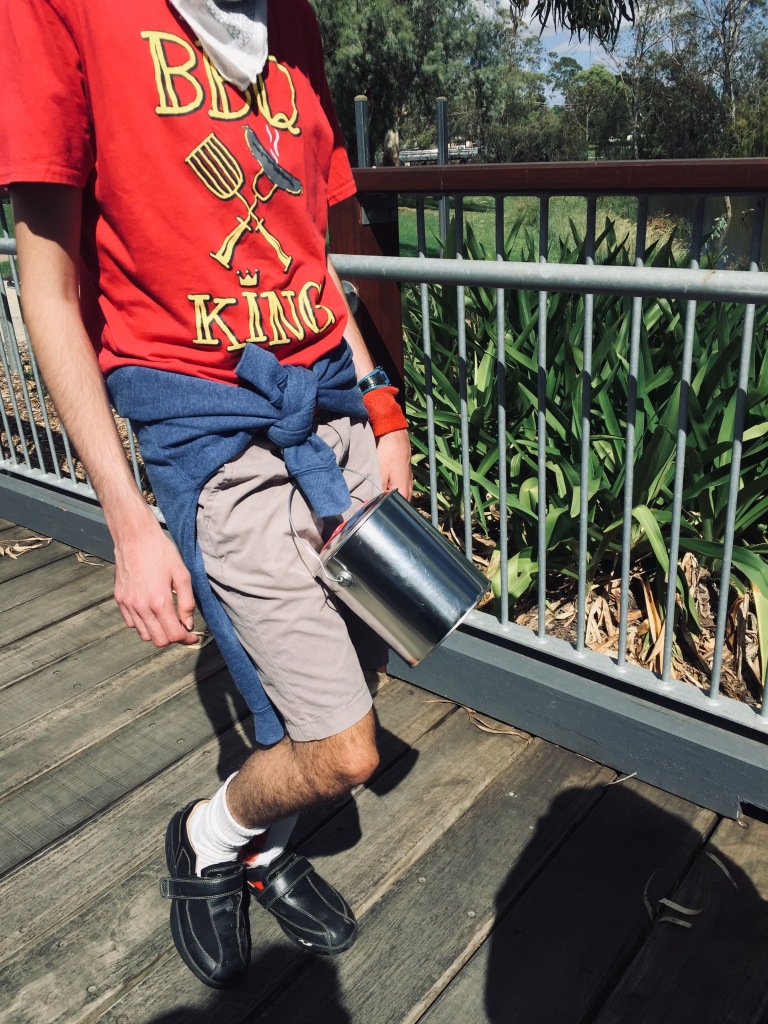
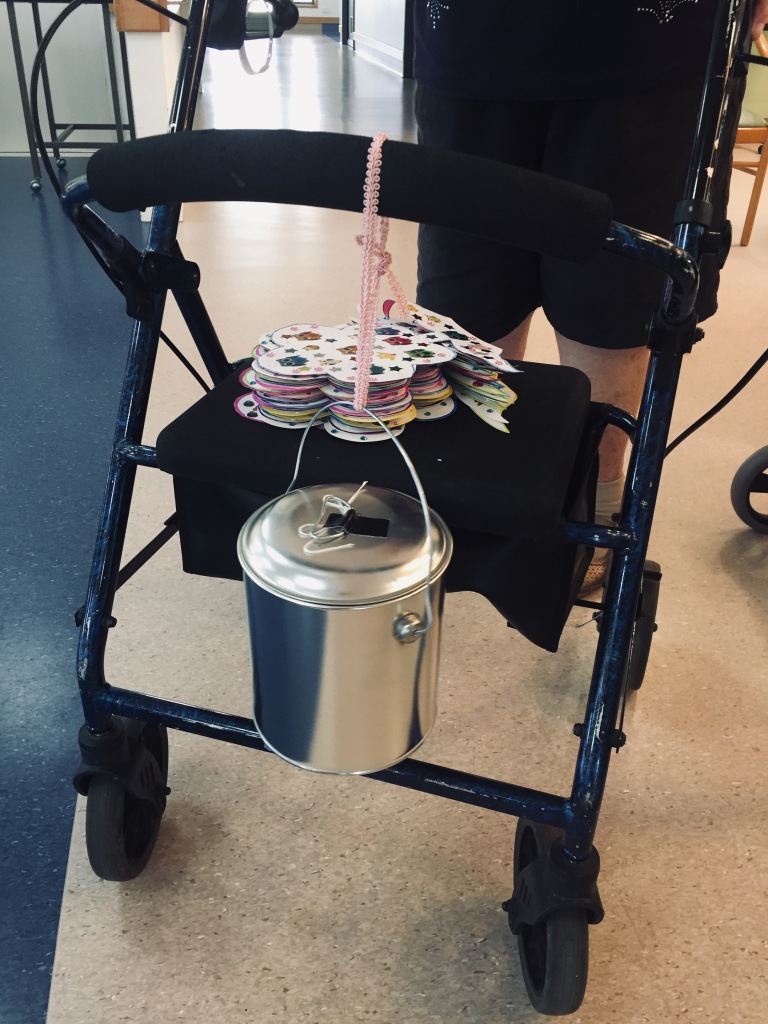
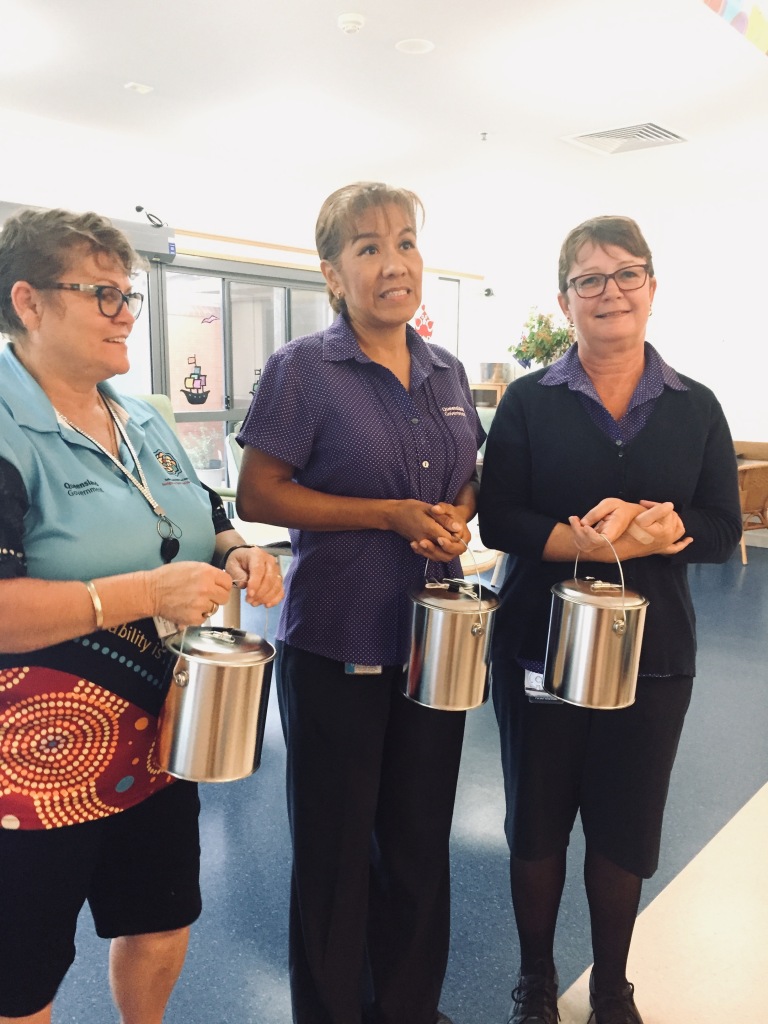


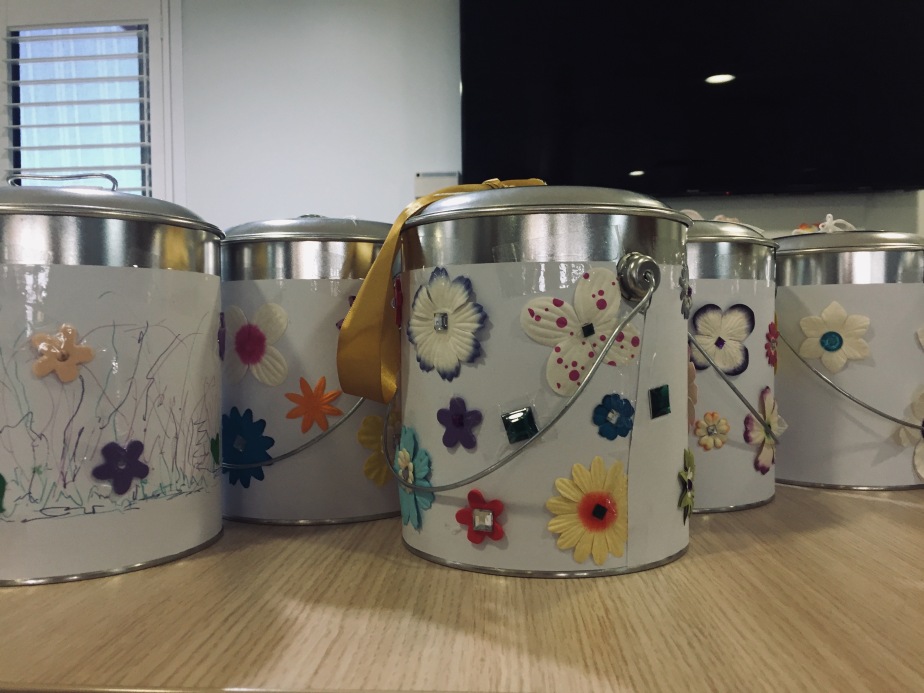
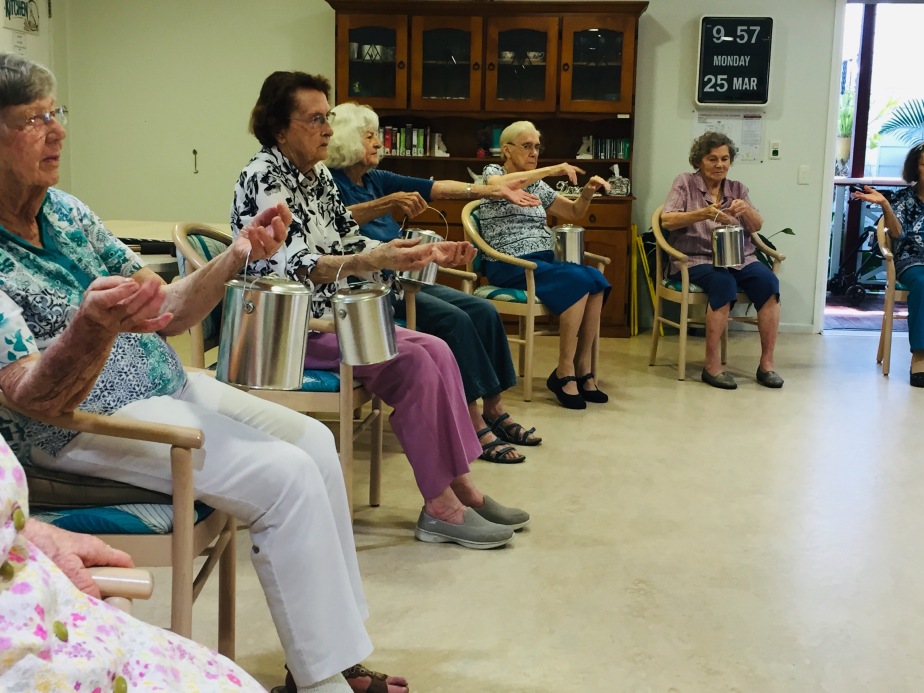

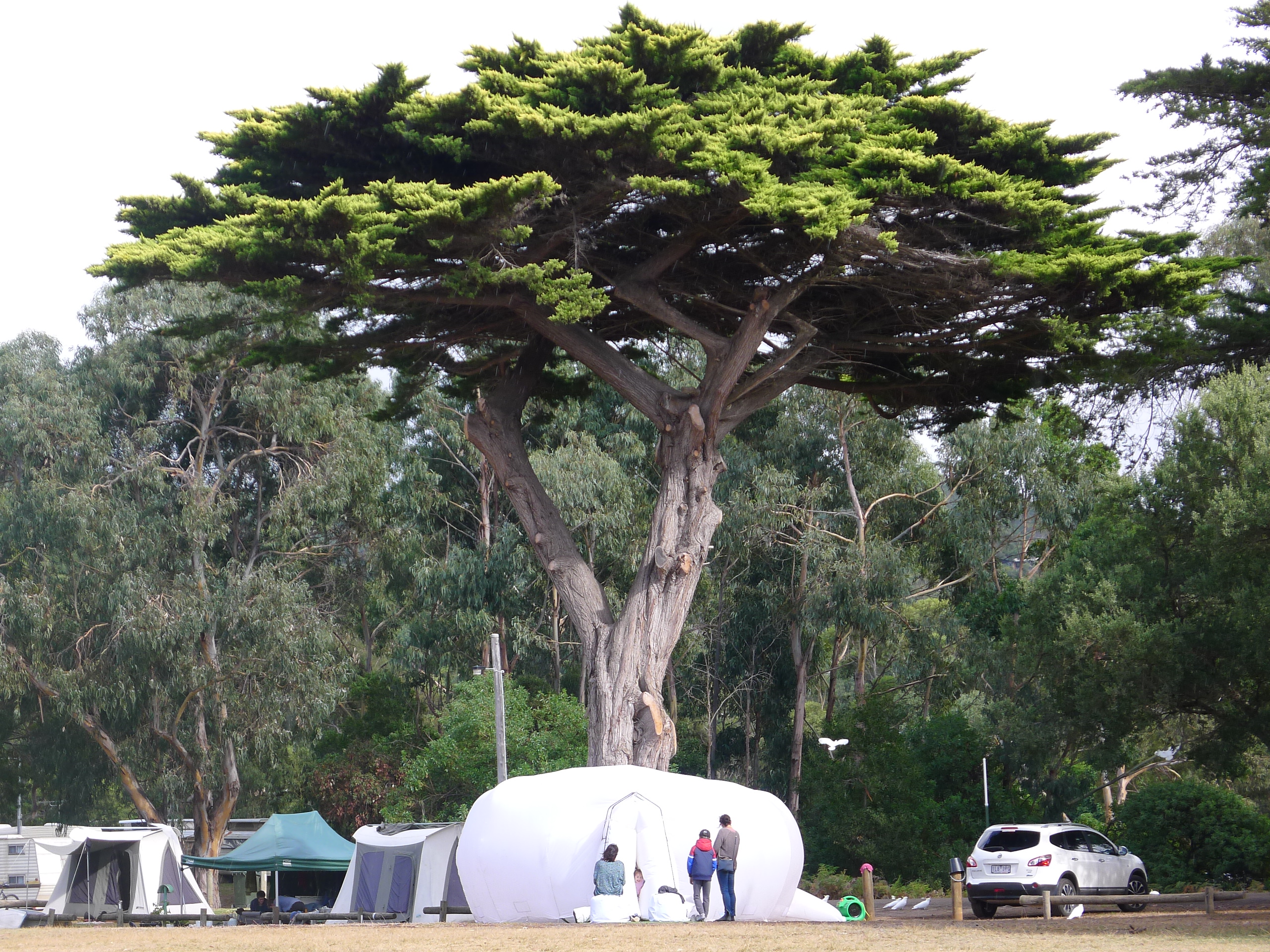
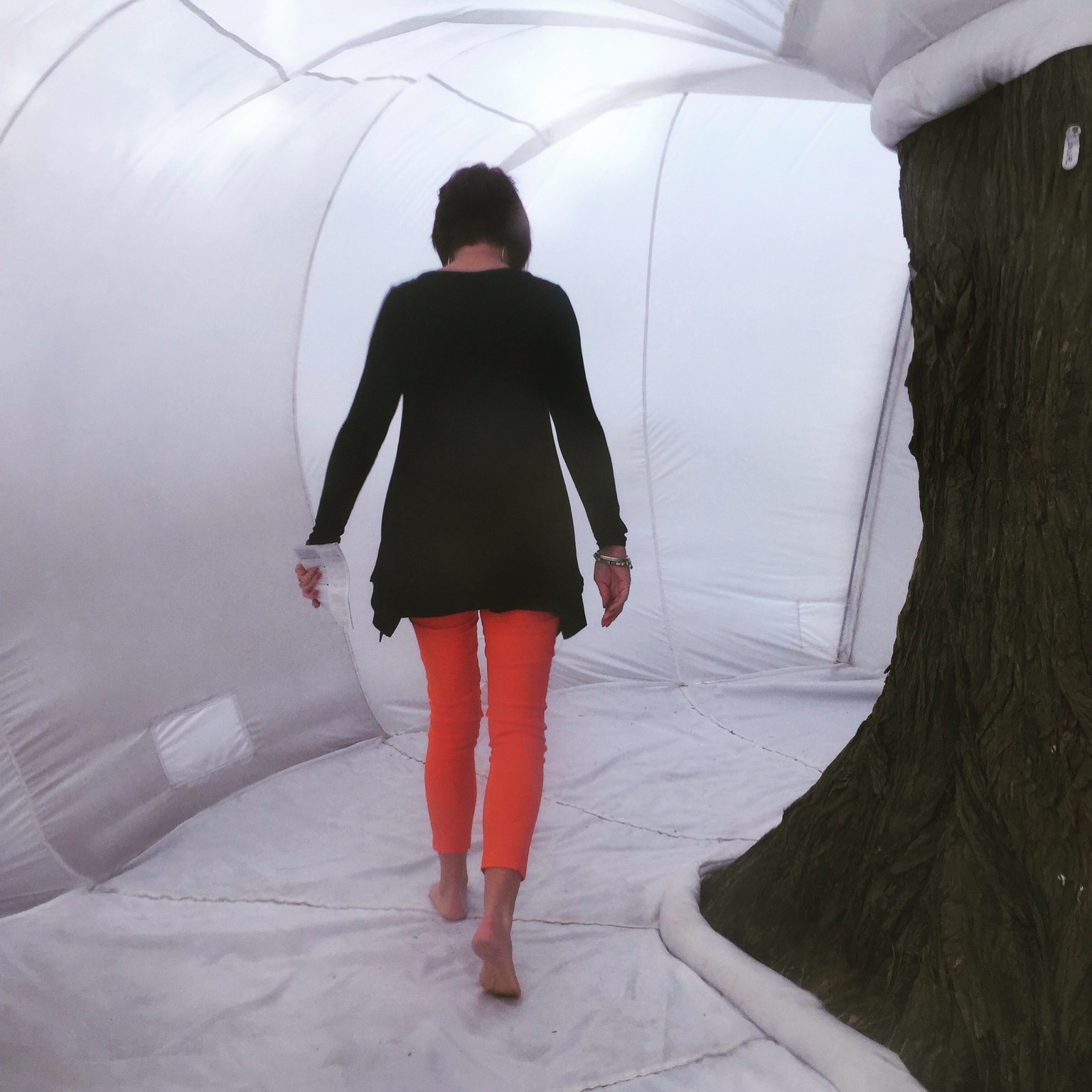
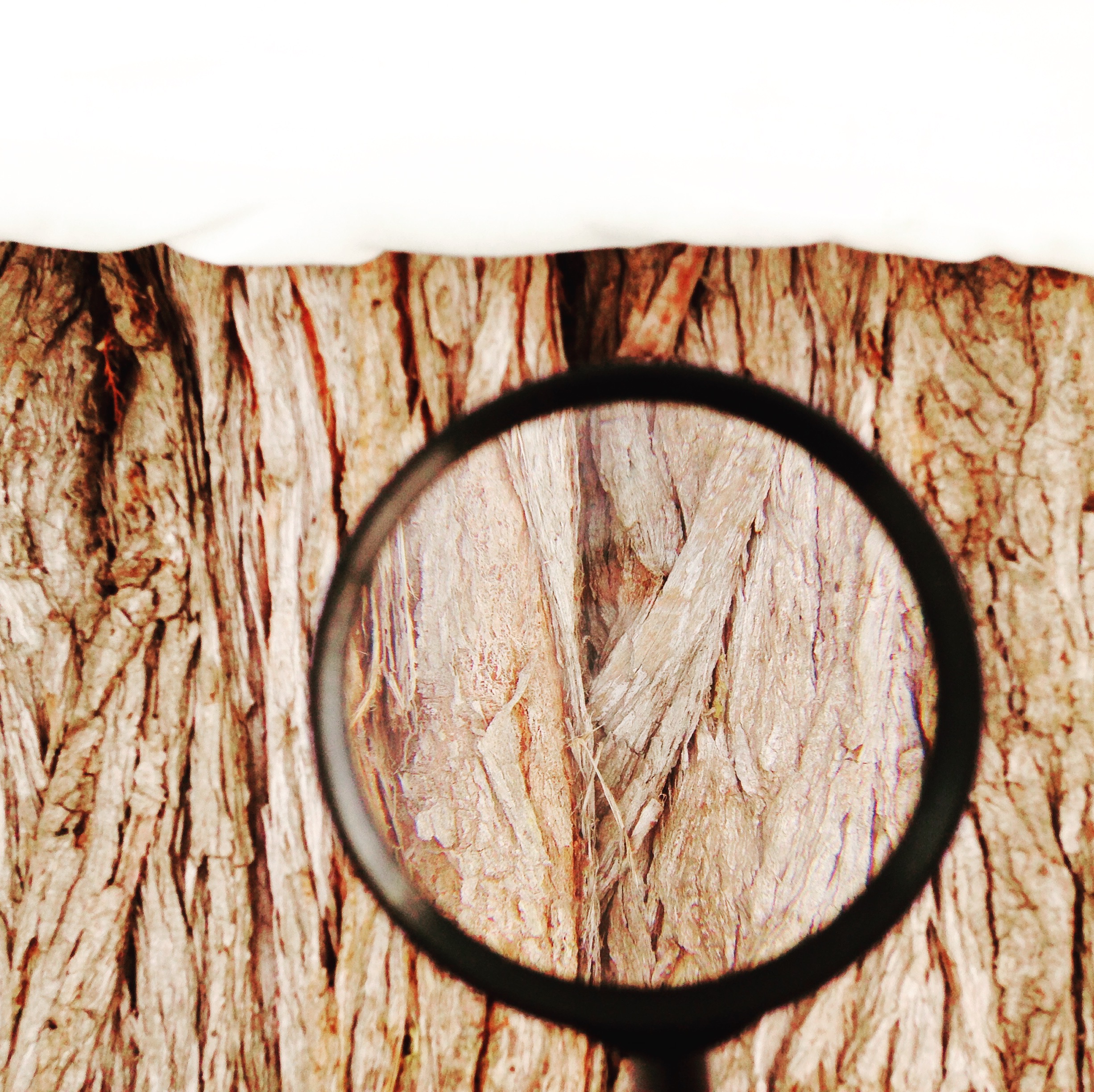
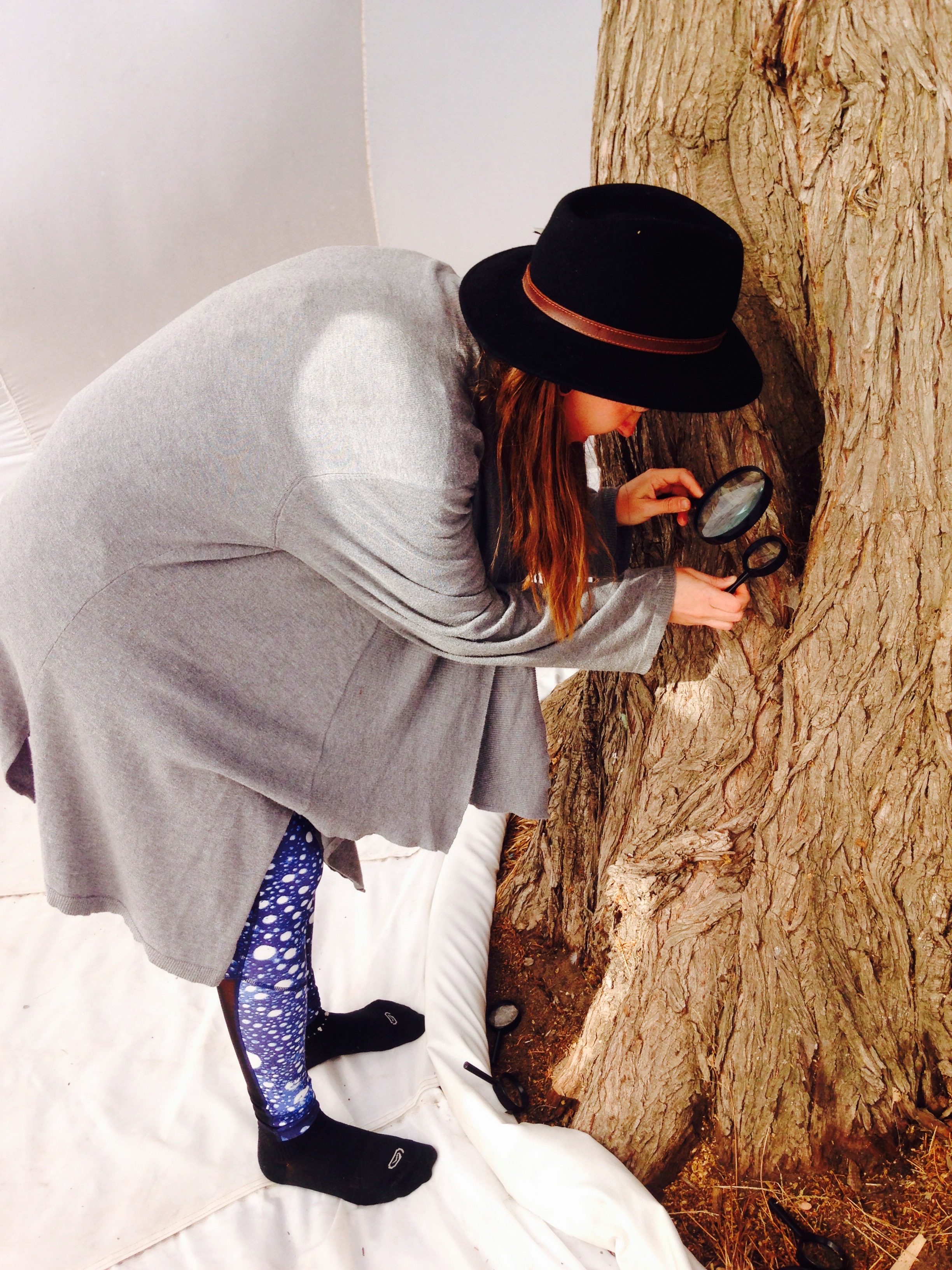

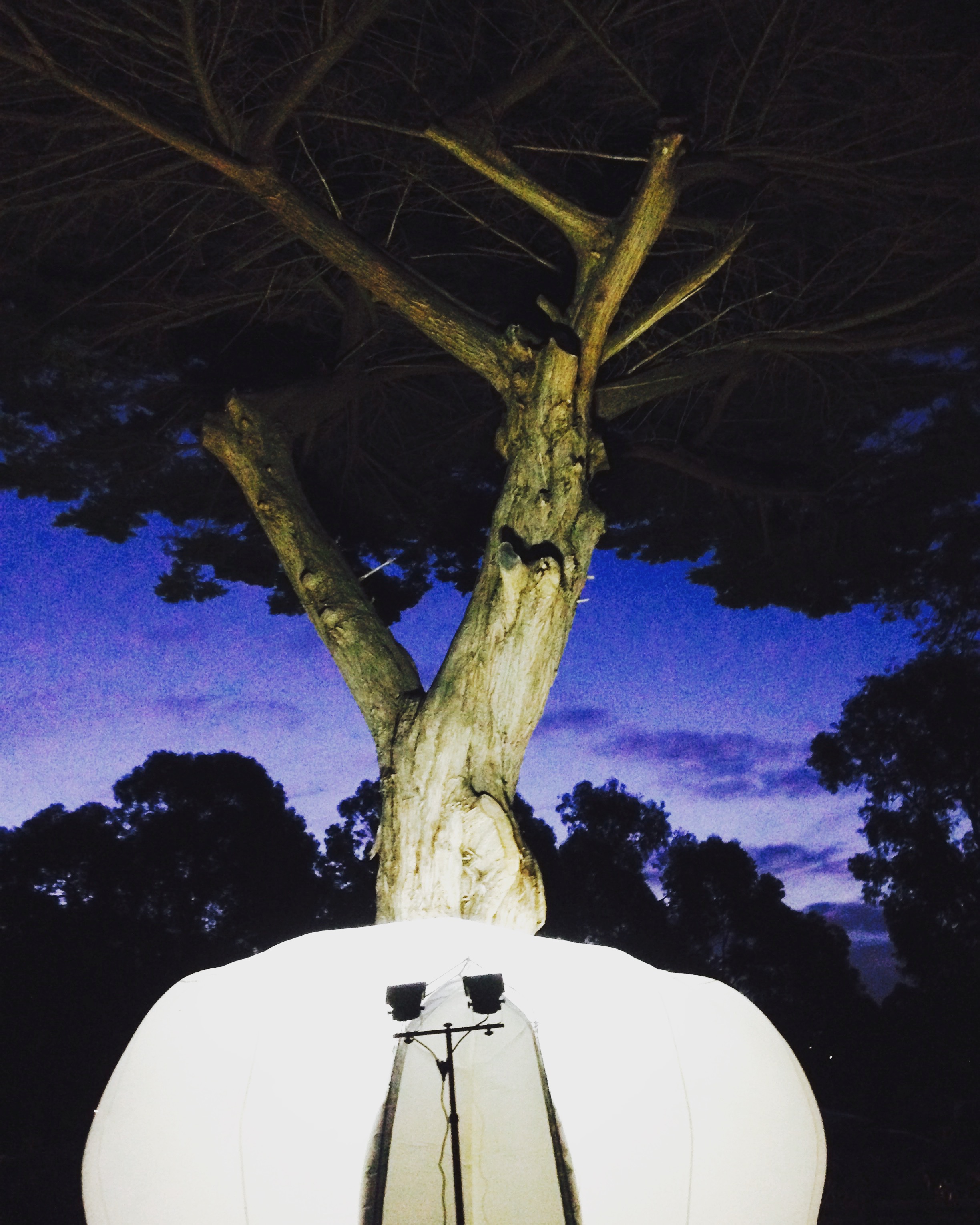 Above: Night time in the museum
Above: Night time in the museum